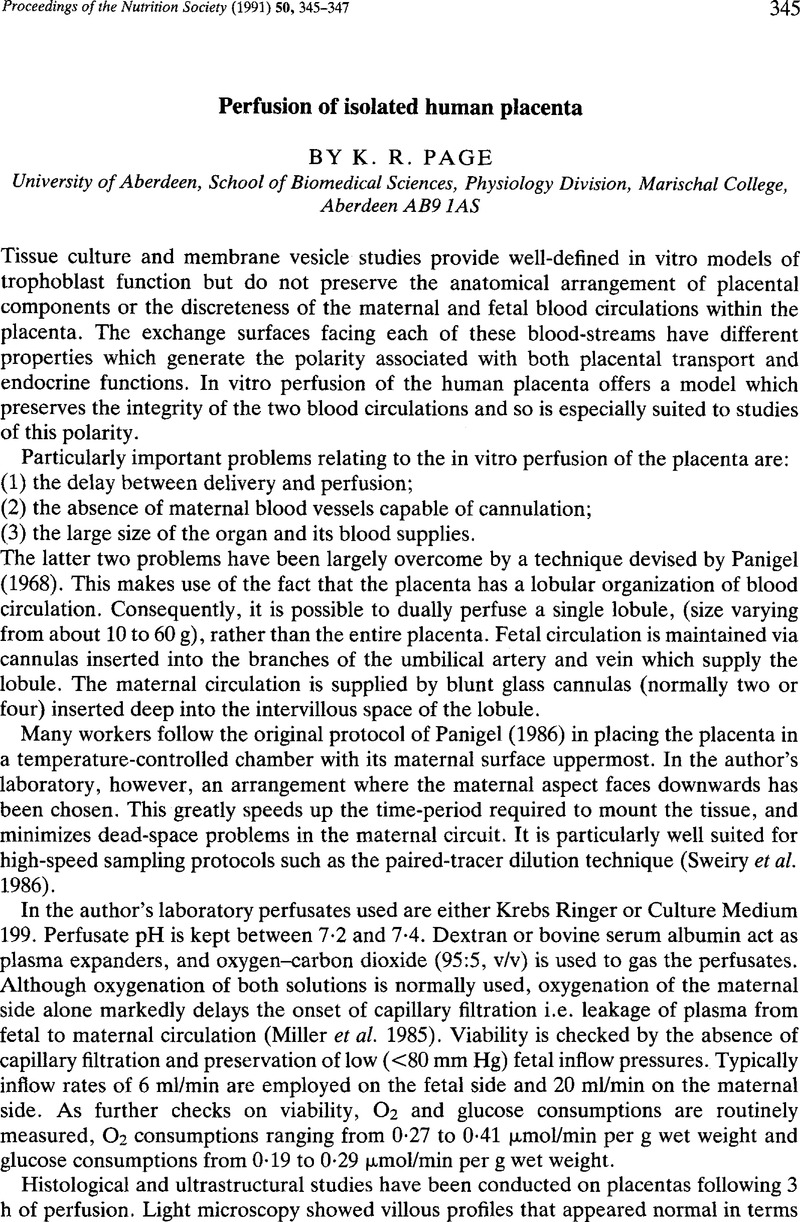Crossref Citations
This article has been cited by the following publications. This list is generated based on data provided by Crossref.
Richter, O.
Wardelmann, E.
Dombrowski, F.
Schneider, C.
Kiel, R.
Wilhelm, K.
Schmolling, J.
Kupka, M.
van der Ven, H.
and
Krebs, D.
2000.
Extracorporeal perfusion of the human uterus as an experimental model in gynaecology and reproductive medicine.
Human Reproduction,
Vol. 15,
Issue. 6,
p.
1235.
Geisler, Klaudija
Künzel, Julian
Grundtner, Philipp
Müller, Andreas
Beckmann, Matthias W
and
Dittrich, Ralf
2012.
The perfused swine uterus model: long-term perfusion.
Reproductive Biology and Endocrinology,
Vol. 10,
Issue. 1,



